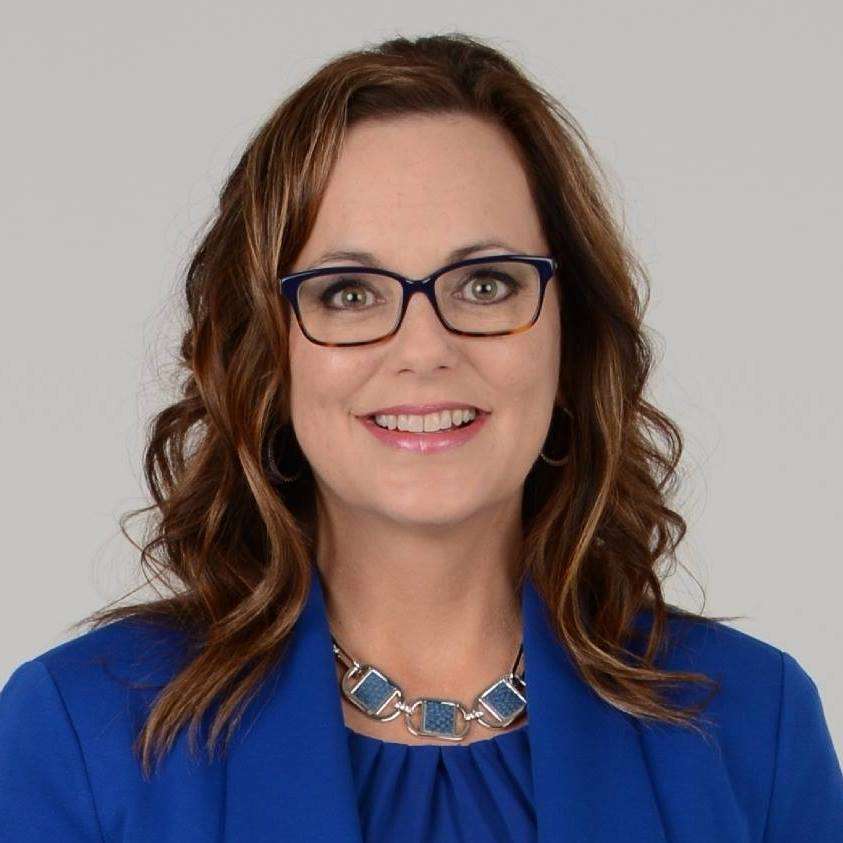Editor’s Note: Smart Women Smart Money is working to enlist several financial advisors from around the country as regular contributors. Samantha Compton is our first and will be writing a series on financial planning throughout 2021.
By Samantha Compton
As a Financial Advisor & Women’s Investment Specialist, I’m asked regularly about specific investment opportunities. The question often is if a certain investment is “good” or “bad”. What I believe to be true is that investments are NEITHER “good” nor “bad”. It’s all about whether they are a good fit for their purpose. And it takes a good financial plan to determine what actually needs to be accomplished.
A plan can vary greatly, but what should a plan look like for a family or individual? When I meet with a woman or a couple for the 1st time, they usually have many financial “pieces” to their larger financial picture. Meaning, they may have a few (or many) accounts or policies they have collected over time. They may come with old 401k or 403b plans from former employers, a small IRA at a bank, a life insurance policy with a cash value, or an annuity from years ago. It’s pretty common to hear, in these initial meetings, uncertainty if these pieces are the right ones to take them where they want to go in life. Without a plan, most feel overwhelmed to begin wading through all of the information to figure it out.
Here’s some great news! I have found that by using the 5 Principles of Financial Planning and a 3-Bucket Approach to guide the process, things become very clear. Within this new framework, a long-term written plan with a defined outcome can emerge.
5 Principles of Financial Planning
1. Financial security comes from having a plan.
2. No investment decisions outside the context of the plan
3. The plan determines the products
4. Don’t let your portfolio take a H.I.T. (healthcare, inflation, taxes)
5. Protect the income, grow the rest
I’ll take you through the 5 Principles of Financial Planning step by step with action to take each month in the coming months.
Let’s start with the first principle. Financial security comes from having a plan. So, let me clarify what a plan is NOT.
A financial plan goes beyond hope. I hear too often, “I hope I’m able to retire someday,” or “I hope I have enough insurance to provide for my family if something happened,” or “I hope I have enough saved for my kids’ college expenses.” A plan is not simply owning a 401K, 403b, or IRA account. These are great tools to have and may be a part of the plan but are not the plan itself. A plan isn’t an insurance product or a portfolio of Investments. Again, nice to have but doesn’t sum up your plan. And it’s not a Monte Carlo Report. This report is a projection of what your investments may be worth at a future point in time. It’s a highly-calculated projection and can be helpful, but it alone is not a plan.
The Characteristics of a Financial Plan:
1. Is in written form. My clients all have a 1-page plan to refer to regularly and remind them of what to expect in the future and what pieces are in place to ensure they are successful.
2. Includes your Goals. For example, what age would you like to retire, and how much will you need to cover your necessary expenses in retirement? Another goal may include a savings goal for college expenses, etc.
3. A Paradigm Shift. Most find they have only focused on the growth of their assets. But, depending on your phase of life, the growth of assets alone may not necessarily provide the income you need nor be the most tax-efficient way of creating income or paying for your kid’s college. Sometimes it takes a paradigm shift to see things in a new light.
4. It’s Phase-Based. There are 3 Investment Phases of life (Accumulation, Preservation, and Distribution). Your plan should be based on the phase you are currently.
5. It Addresses All the Risks. A well-written plan will address all the areas of financial risk you may encounter in the future. Yes. There IS a way to do that!
If you DON’T have a written financial plan (and if you are over the age of 50 and have various investment accounts, you most likely need one!), here is an action step to focus on for the month:
ACTION STEP – KNOW WHAT YOU HAVE
Take an inventory of all of your accounts and record four things on each account:
- Who holds the account
- How it is titled
- What kind of account it is (401K, IRA, 403b, Annuity, etc.)
- How much the account was worth on the last statement
Next month we’ll take a close look at the 2nd Principle of Financial Planning and making sure we aren’t making investment decisions outside the context of a plan. Some examples may surprise you!

Samantha Compton is a SWSM contributor and financial advisor. She is also a Senior Financial Advisor & Women’s Investment Specialist with Wise Wealth, LLC (an SEC Registered Investment Advisor Firm) in the Kansas City, MO area. She places a high value on financial education and believes it is essential for creating and sticking-to a well-written financial plan!
Disclosures/Disclaimers:
This article is written to provide general information on the subjects covered. It is not, however, intended to provide specific legal or tax advice and cannot be used to avoid tax penalties or to promote, market, or recommend any tax plan or arrangement. Please note that Wise Wealth, LLC and its representatives do not give legal or tax advice. Consult your tax advisor or attorney for advice specific to your circumstances.










